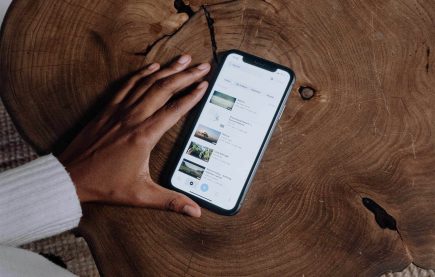
4 Components Attributed To Site Load Time
Many clients wonder what can be done to speed up their site. Below you will find 4 major components that can be attributed to a sites speed.
1. Internet Connection
First, lets cover one of the areas that web designers do not have control over — and that is a person’s internet connectivity. This refers to the user’s signal strength transmitted by their internet provider (i.e. VerizonFios, Comcast, AOL, etc). If you believe that your internet is running slower than it should, contact your internet provider immediately.
2. Computer Speed
There are many contributors involved in a computer’s speed.
- Computer’s Age
Is it old, or new? If it’s more than 4 years old, chances are it’s already started to slow down. This is an inevitable aspect of technology. - Latest Software
Always make sure to have the latest software for your computer. That means checking weekly, or at least monthly, for software updates. This will ensure that you have the latest program scripts, that developers improve over time. - Memory (RAM)
Check how much memory (or RAM) is left on your computer. If there isn’t a lot left, it might cause your computer to slow down if multiple programs are running at a time. This might be helpful for further explanation for IE7.
3. Web Browsers
Today there are approximately 5 main web browsers that people use to view the internet: Internet Explorer, Mozilla Firefox, Google Chrome, Safari and Opera. Unfortunately IE7 and IE8 are inherently slower because of the way they were made to read and render code. For example, Internet Explorer cannot render rounded corners (because they do not recognize common web practices use with CSS). Instead, IE will create black boxes before it produces the rounded corner style (which doesn’t happen on any other browser). Some browsers are just faster than others, sort of like how Google Chrome is said to be faster than Firefox. You might also find this article helpful in regards to browser usage/trends.
4. Site Speed Optimization
- Optimized code
Less is better. Remember, the best web designers can create amazing functionality with as LITTLE code as possible. - Small file sizes
All images and documents should be saved for the web. This means that all file resolutions should not be larger than 72 dpi (dots per inch).
Computer Speed resources you may want to consider:
Think you might be able to add insight to this post? Don’t be shy, let us know what you think!


